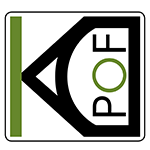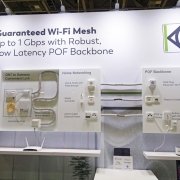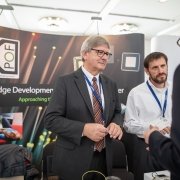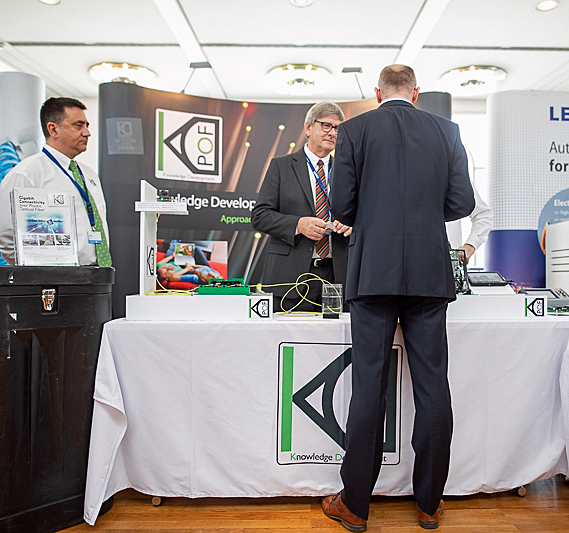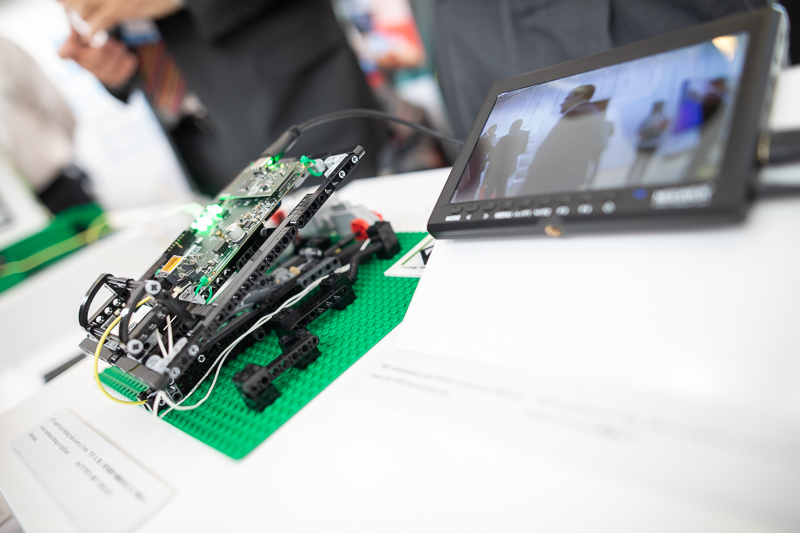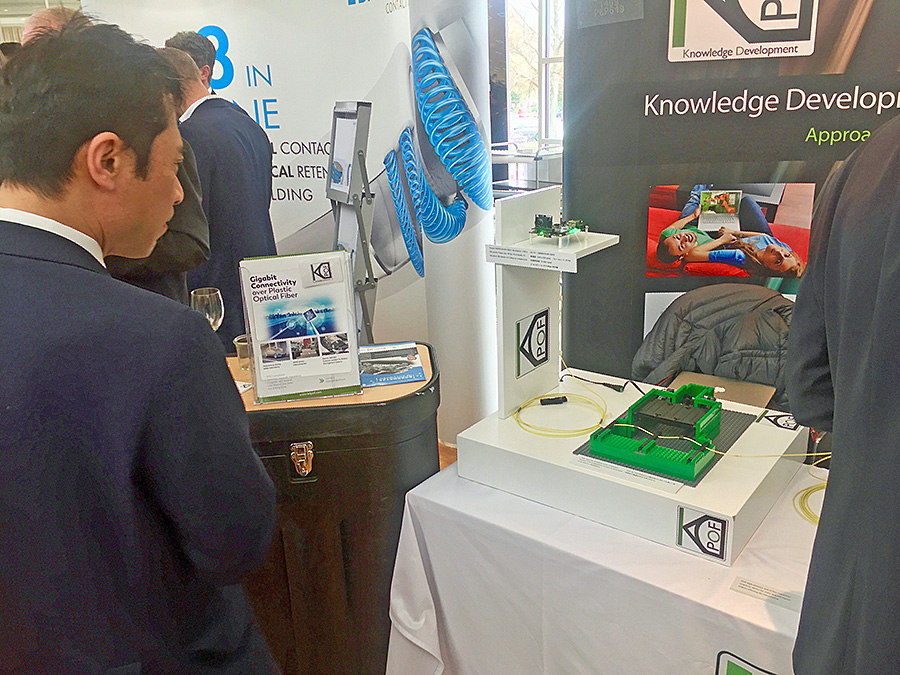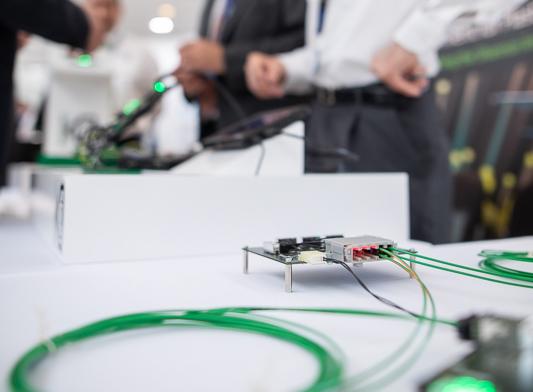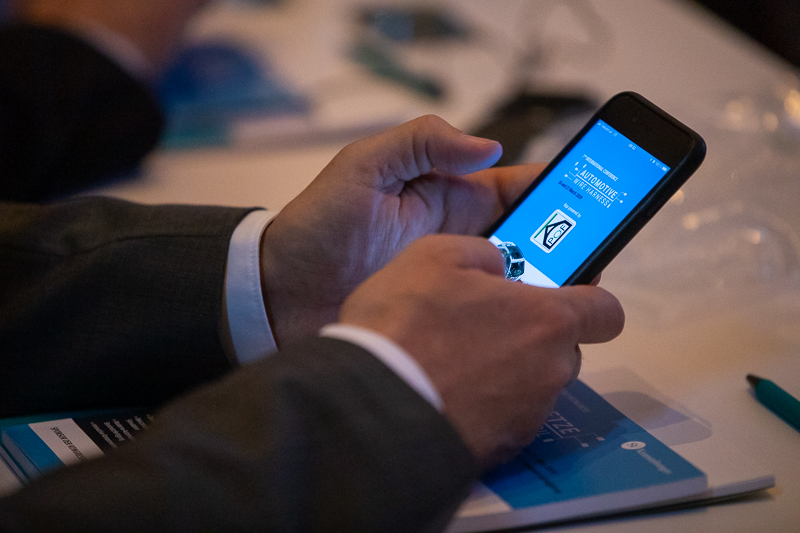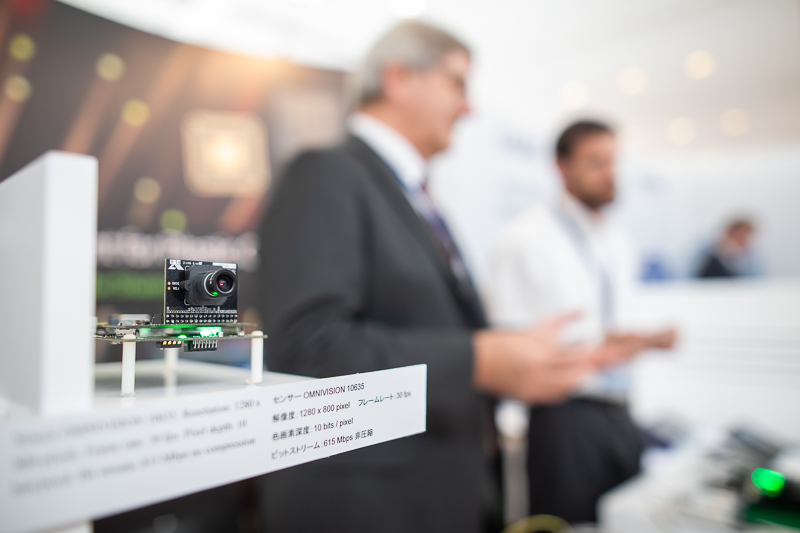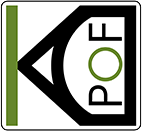KDPOF will present their robust in-wall optical connectivity at stand 3 at Broadband Forum Asia on May 7-8, 2019 in Bangkok, Thailand. In his presentation “Bringing WiFi Performance to the Next Level” on 7 May at 12:20, Ramón Garcia, Business Development Manager with KDPOF, will explain options and good practices for how to transform access speeds into Wi-Fi speeds for a Gigabit experience. KDPOF boosts Wi-Fi performance to the next level for homes and small and home offices. “With our robust, low latency Plastic Optical Fiber, we provide the highest Wi-Fi mesh performance with a guaranteed 1 Gigabit per second to each access point,” stated Carlos Pardo, CEO and Co-Founder of KDPOF.
“Our field study with a tier one Service Provider proves that, in combination with Wi-Fi mesh nodes, the in-wall POF backbone raises performance throughout the house to over 350 percent in flats and up to 560 percent in multistory houses, compared with using a Wi-Fi backbone.” Plastic Optical Fiber is cost-efficient, low skill to install, and robust. POF can reuse any existing conduits in the home, making the cables invisible. It is much easier and quicker to install than Cat 6 cables. In addition to being used as a backbone for home networking, POF provides convenient Optical Network Termination (ONT) to GW link for a better placement of the Gateway (GW) within the home. By working with KDPOF, operators can satisfy their clients by providing very low latency, reduced jitter, fast download speeds, and reliable connectivity for video.
